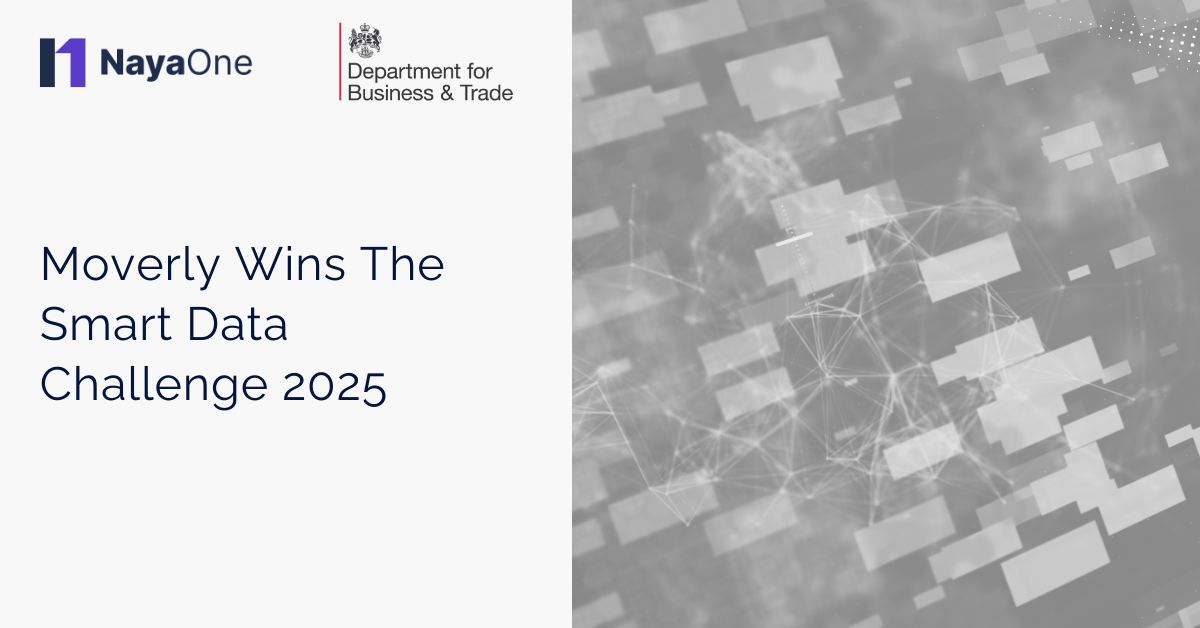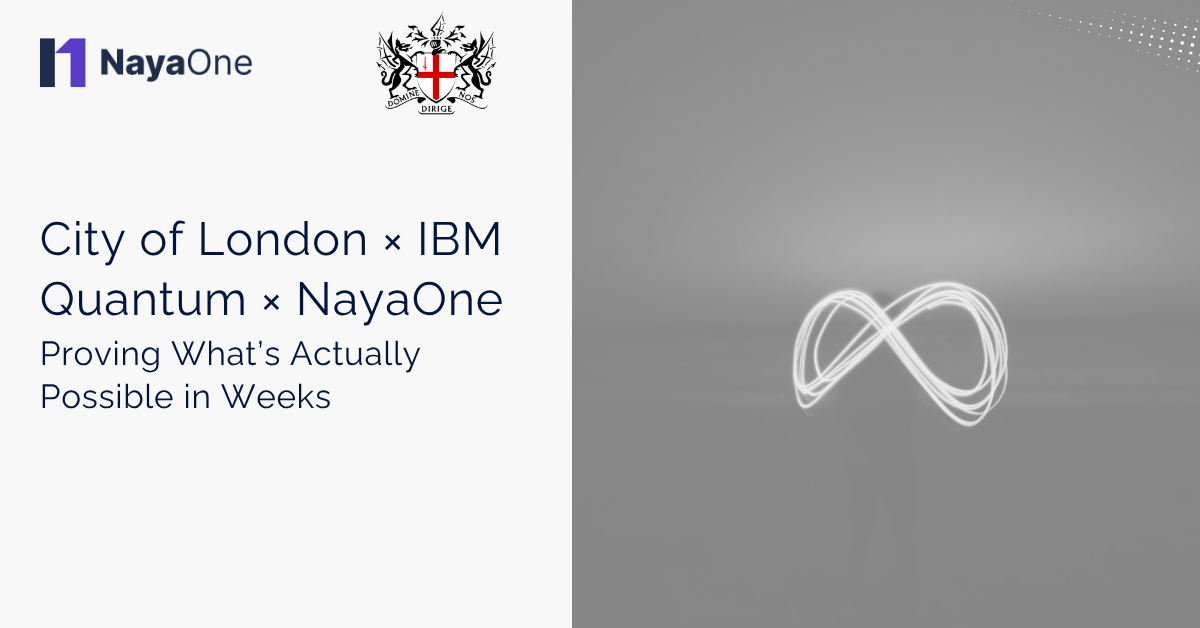How banking leaders and architects are moving from interest to implementation
What you’ll get from this article:
Whether you are in the C-suite defining strategic technology bets, or leading the teams responsible for building and delivering them, this article breaks down the five GenAI use cases banks are actively deploying in 2025. We connect use cases directly to business KPIs, operational efficiencies, and system-level enablers – with examples from real PoCs and scaled deployments.
McKinsey estimates GenAI could add £160 billion to £270 billion annually to the global banking sector. But without the right use cases and foundations, most banks will fail to realise even a fraction of that value.
1. Customer Service Transformation: Intelligent Assistants That Do More Than Deflect
Why it matters
For COOs and Heads of Digital, GenAI is redefining service delivery. These tools are not just glorified FAQs. Banks are deploying assistants trained on internal documentation, process workflows, and transaction context to support everything from mortgage queries to dispute resolution. The result is 24/7 service that goes beyond triage – delivering real-time resolution with context and control.
How it ties to business and technology outcomes
- Improves Net Promoter Score (NPS) and retention
- Reduces cost-to-serve by 25 - 40%
- Allows engineering teams to reduce custom hardcoding of flows
- Frees agents to focus on revenue-generating and high-empathy interactions
Real-world example
A UK retail bank deployed a GenAI assistant across three product lines. Within four months, 78% of customer queries were resolved without human escalation. Agent churn dropped by 22%, and internal platform teams reduced the number of new service flows needed by 60%, due to the assistant’s ability to interpret existing workflows dynamically.
2. Regulatory Reporting & Compliance: From Manual to Model-Assisted
Why it matters
CROs, compliance leads, and data governance teams are under mounting pressure to meet increasing regulatory scrutiny – with smaller teams and tighter timeframes. GenAI is now being used to summarise regulatory updates, align them with internal policies, generate audit commentary, and accelerate documentation tasks. Importantly, outputs remain reviewable, traceable, and editable.
How it ties to business and engineering outcomes
- Cuts regulatory report preparation time by 30 – 50%
- Increases traceability and reduces human error
- Automates low-value manual controls in existing GRC workflows
- Allows architects to reduce dependency on point-solution tooling
Real-world example
A global investment bank used GenAI to align its internal control framework with EBA and ECB updates. Time spent reviewing regulatory changes was halved, and internal audit teams reported improved consistency in documentation across risk teams. A companion sandbox environment was used to test RAG-based models for fine-tuning before integration into compliance tooling.
3. Hyper-Personalised Engagement: Financial Guidance That Feels Human
Why it matters
For Chief Product Officers, Heads of Retail, and Innovation teams, GenAI enables genuine customer intimacy at scale – no longer limited to high-net-worth clients. From contextual nudges to dynamic financial health summaries, banks are using GenAI to deliver proactive, real-time, tailored advice that feels relevant and trusted.
How it ties to business and technical metrics
- Lifts cross-sell and share-of-wallet
- Improves financial well-being scores and satisfaction
- Reduces pressure on CRM and segmentation engines
- Enables personalisation without constant developer intervention
Real-world example
A leading Middle East bank deployed a GenAI agent that generates weekly “money moments” tailored to customer activity. Within 90 days, dormant users showed a 2.4x increase in digital engagement, and uptake of savings products increased by 14%. From a tech side, the agent was built on top of the bank’s existing data lake – avoiding costly CRM rework.
4. Fraud Triage and Analyst Support: Precision at the Point of Risk
Why it matters
CROs and fraud teams are facing more sophisticated fraud vectors, while architects and platform leads must scale detection systems with fewer resources. GenAI is now being used to generate natural language fraud summaries, suggest risk scores based on behavioural data, and assist Level 1 triage analysts with decisioning context. This improves both precision and speed.
How it ties to business and system-level outcomes
- Reduces false positives and investigation backlog
- Increases time-to-decision precision
- Supports fusion between behavioural and transactional models
- Reduces engineering load on hardcoded rules and manual audit trails
Real-world example
A European bank implemented a GenAI-powered case summariser for its fraud ops team. Analysts reduced time-to-resolution by 42%. The system pulled from multiple data layers – transaction, device, behavioural – and generated a cohesive case file with key anomalies highlighted. Developers built the pipeline using existing fraud APIs and fine-tuned open-source LLMs.
5. Contextual Credit Decisioning: Augmenting Underwriters, Not Replacing Them
Why it matters
For Heads of Credit, SME, and Commercial Banking, GenAI offers a new way to enhance – not automate – underwriting. It enables banks to consider narrative, behavioural, and industry-specific data alongside traditional credit scores, supporting better decisions and inclusivity. Engineering teams are increasingly building model pipelines that pull from internal and open datasets to generate borrower summaries in real time.
How it ties to business and architecture KPIs
- Speeds up time-to-yes and increases approval rates
- Lowers operational risk through explainable documentation
- Enhances fairness and auditability
- Supports integration with legacy LOS platforms without rebuild
Real-world example
A pan-African bank piloted GenAI to assist with SME credit assessments. Loan officers now receive a 1-page summary including sector benchmarks, cashflow trends, and behavioural triggers. Turnaround time fell from 12 to 4 days, and risk officers found the explainability overlay improved internal approval confidence.
Conclusion: GenAI Is Now a Capability, Not an Experiment
GenAI is no longer a speculative technology. It is a core capability being embedded across customer, risk, compliance, and credit functions. For decision-makers, the priority is no longer whether GenAI has potential – but whether their institution is set up to realise it.
For the C-suite:
- Where can GenAI unlock cost efficiencies or reduce friction?
- Which areas are struggling due to human scale or inconsistency?
- What internal KPIs will we use to track GenAI value?
For engineers and architects:
- How do we enable GenAI safely and scalably inside existing stacks?
- Where are our bottlenecks – data access, explainability, integration?
- What delivery model (centralised vs embedded) fits our current maturity?
Book a 20-minute discovery session with NayaOne
Download our GenAI whitepaper: Is Your Bank AI-Ready?





